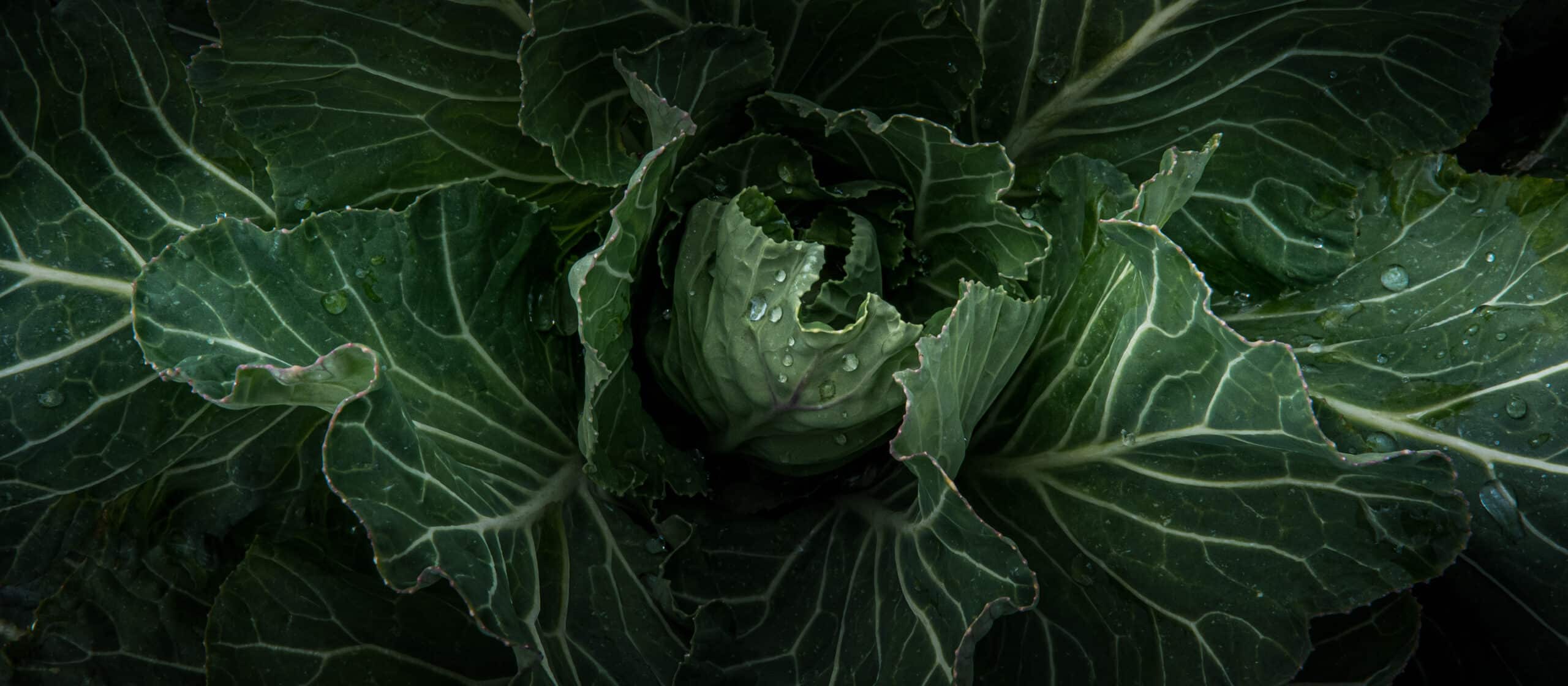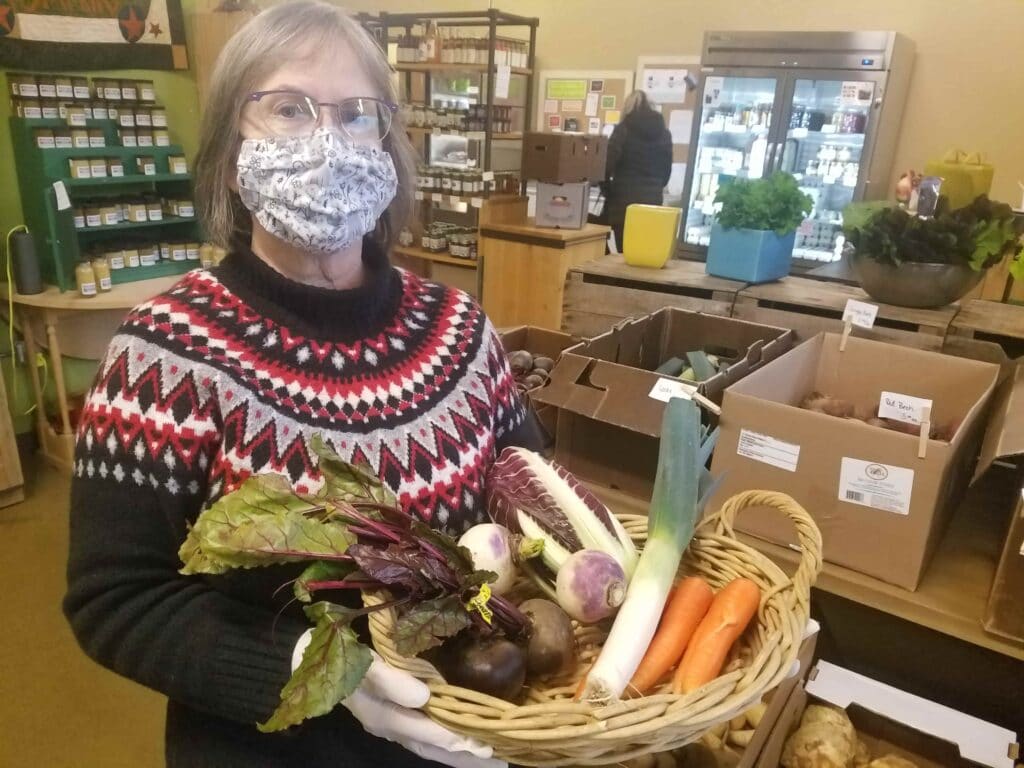
Stocking Up: 21 Kitchen Scraps to Save for the Stock Pot
Stocking Up: 21 Kitchen Scraps to Save for the Stock Pot
- posted on: January 14, 2021
- posted by: Rebecca Jordan
"*" indicates required fields


We welcome 2021 with fresh appreciation of our effect on each other and the planet. Though you’ve been cooking up a (smaller than normal) holiday feast, the new year is a great time to modify habits by creating stock from kitchen scraps.
Many factors affect the value of our purchases: transport distance, resources used in production, labor from people working in food systems, soil, land, waterways, and animals affected—all of these are “consumed” when we buy food. Letting that food go uneaten wastes more than just a handful of carrots—and is a major climate change issue.
Americans discard nearly 40 million tons of food every year. It’s the single largest component of U.S. landfills, and unhealthy decomposition creates methane offgassing. Composting, whether home or commercial, is a great way to cycle those nutrients back into the soil. Still, there are many steps between plate and compost you can use to catch those nutrients.
One way to waste less and save more is to turn your cooking scraps into broth or stock (stock refers to broth made with bones). Wring every bit of nutrition and flavor out of your local food investment.
Taking stock
Saving food scraps for a veggie broth might take time, depending on the size of your household, so you’ll want to clear a spot in your refrigerator or freezer for a collection container. A quart (or larger) glass jar, recycled plastic yogurt tub, or clean recycled plastic bag are all great containers to use. Four cups of scraps will make two quarts of broth or stock.
Always start with scrubbed produce. When you’re ready to make broth simply put your scraps from fridge or freezer into a pot with about twice as much water. Simmer for about an hour for just vegetables, two or more hours for bones. If your scrap pile is low on the Big Three—onions, carrots, and celery—be sure to add some of those, along with a couple of bay leaves and pepper corns if you have them.
Strain your broth and pour it into containers for the freezer (leave an inch or more for expansion) if you’re not using it within a few days. Use it to cook your grains or beans, in soup, or just sip it for a nutritious comforting beverage.
Feel free to try anything in your pot.
21 zero-waste ingredients
Here are 21 of our favorite otherwise discarded candidates for the stockpot.
1. Bones—Whether removed before cooking or left on your platter at the end of the meal, bones contain lots of flavor and nutrients.
2. Seafood shells, for the same reason as bones
3. Meat—All those trimmings and plate leftovers will give distinctive richness. You may choose to separate these if you want to know what flavor will be dominant when you cook with the stock.
4. Peels from root vegetables: Carrots, potatoes, rutabagas, turnips, onions, parsnips, sweet potatoes
5. Peels from squash, both summer and winter varieties
6. End trimmings from carrots, celery, onions, leeks, fennel, green beans, and asparagus
7. Stems from herbs like parsley, cilantro, basil, savory, and tarragon
8. Wilted lettuce and other tender salad greens. Heartier greens like kale and collards that are on their way out would be better added to the sauté pan.
9. Celery leaves
10. Mushroom caps
11. Limp or dried-out vegetables from the fridge
12. Garlic bulbs that are either too dry or starting to sprout
13. Cooking water from boiling vegetables, or drained from canned vegetables
14. Squeezed liquid from frozen spinach or shredded zucchini (save liquids separately from dry scraps)
15. Ends and seeds from bell peppers
16. Corn cobs
17. Leftover green salad, if undressed or dressed lightly in vinaigrette
18. Leftover tomato bits
19. The last bit of ketchup in the bottle—pour a bit of water in, shake it up, and add it to your liquids stash or the stock pot while cooking
20. Parmesan cheese rinds
21. Takeout seasoning packets: soy sauce, ketchup, mixed herbs (be careful with chili pepper flakes!)
Skip the stock box at the grocery store. Reach into your fridge or freezer and say thanks to all of those scraps you saved!
About Mary King
Mary was raised in the Midwest but has lived in Washington for over 30 years, including 20 in Woodinville. She holds degrees in French and Library Science from the University of Minnesota. She has enjoyed volunteering in many interest areas in which education has played a role: as a WSU Master Gardener, teaching middle school students to grow vegetables; as an adoption counselor for cat shelters; as a writer for a charitable craft enterprise; and as a WSU certified Sustainable Community Steward. An avid foodie and thrifty living enthusiast, Mary loves finding ways to “use it up and make it do” in the kitchen, garden, and home. Zero waste has been her lifelong niche, so she’s no stranger to mending clothes, stretching food, and rescuing the abandoned but still useful item.










 back to blog overview
back to blog overview








